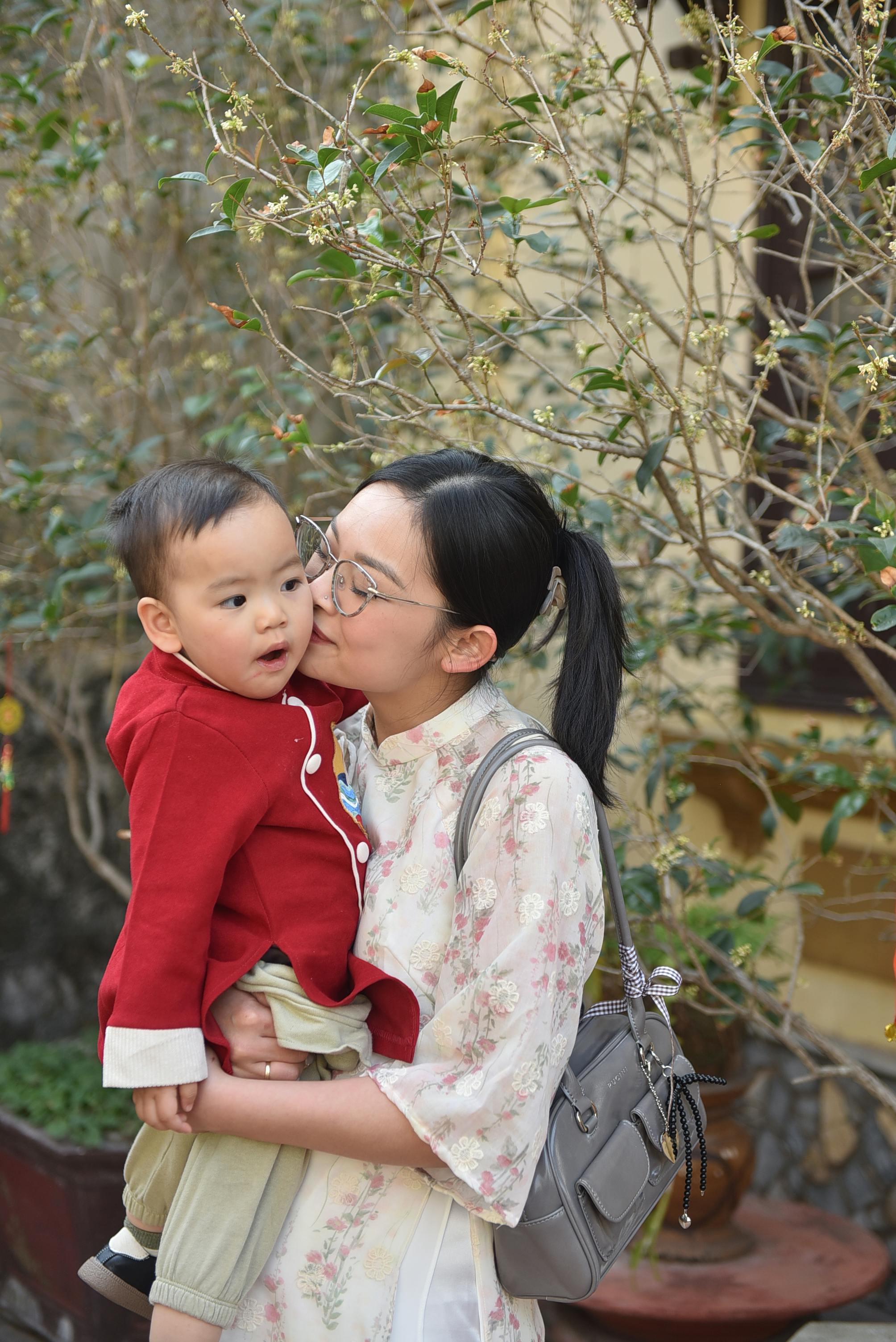Apply Now
Effective Ways to Plant Bamboo in 2025 for Stunning Gardens
Understanding Bamboo's Water Requirements
To successfully cultivate bamboo, it’s crucial to comprehend its water needs. Bamboo thrives in moist soil, but overwatering can lead to serious issues such as root rot. The ideal approach is to maintain consistent soil moisture without saturation. Young bamboo plants typically need daily watering during the first few weeks post-planting. As they establish, you can reduce the frequency. For potted bamboo, ensure adequate drainage to prevent water from pooling at the bottom. Additionally, adding a layer of mulch can help retain moisture while promoting healthy growth. Remember to check soil moisture levels regularly.
Preparing Soil for Bamboo
The soil type significantly impacts bamboo growth, making soil preparation an essential step. Bamboo prefers well-draining soil rich in organic matter. Before planting, test the soil’s pH—aim for a neutral to slightly acidic range (5.7 to 6.5). Amend the soil with compost or well-rotted manure to improve its structure and nutrient content. If planting in compacted soil, consider tilling to enhance aeration. Creating a raised bed could also optimize drainage and promote healthy root systems.
Bamboo Planting Depth and Spacing
When planting bamboo, proper depth and spacing are vital for its success. Generally, bamboo plants should be planted at the same depth they were in their nursery pots. The spacing will depend on the variety; clumping bamboos need around 3-5 feet apart, while running bamboos may require more space to prevent overcrowding. Adequate spacing allows for air circulation and access to nutrients, promoting steady growth. Additionally, planning your bamboo garden with enough room mitigates the risks associated with invasive species, ensuring each plant thrives.
Best Times to Plant Bamboo
Timing plays a crucial role in bamboo planting success. The best time to plant bamboo is during spring, ideally after the last frost. This timing allows the plant to establish before the hot summer months. In warmer climates, some gardeners opt to plant in early fall, taking advantage of the cooler temperatures that encourage root development. Understanding your local climate is essential for timing; for instance, if you live in a particularly cold region, you may need to wait for late spring.
Bamboo Propagation Methods
Bamboo can be propagated in several effective ways. The most common methods include division and cutting propagation. With division, you dig up an established bamboo clump and separate the rhizomes—be sure to include roots for successful re-establishment. In contrast, cutting propagation involves taking sections of bamboo canes and encouraging root development in soil or water. Whichever method you choose, ensuring the parent bamboo is healthy and vigorous will significantly increase your success rate in growing new plants.
Growing Bamboo Indoors Successfully
Indoor bamboo can create a stunning ambiance, but it requires specific care. Choose dwarf bamboo varieties that can adapt to indoor conditions and ensure they receive ample indirect sunlight. Utilize pots with good drainage to avoid water retention issues. Humidity levels are also important; indoor bamboo thrives in a humid environment, so misting the leaves or placing a humidifier nearby can promote growth. Regularly checking for pests is critical, as indoor plants might be more susceptible to infestations.
Common Mistakes When Planting Bamboo to Avoid
Despite its robustness, bamboo suffers from several common planting mistakes. One of the biggest errors is inadequate spacing, leading to competition for nutrients and water. Overwatering or underwatering can hinder growth; balance is key. Choosing the wrong species for your climate can also result in poor performance. Additionally, neglecting to control invasive growth can create problems—consider barriers like rhizome containment or planting clumping varieties. Always educate yourself on your chosen bamboo type to avoid pitfalls and promote a flourishing garden.
Understanding Bamboo Growth Conditions
Bamboo flourishes under optimal growth conditions. It thrives best in climates with warm summers and mild winters, generally requiring full sun but can tolerate partial shade. Soil conditions also influence bamboo's growth; it favors loamy, well-draining soil rich in nutrients. While bamboo can adapt to various soil types, sandy and heavy clay soils may require amendments to meet its needs. Understanding how bamboo interacts with its environment ensures success while establishing your bamboo garden.
Bamboo Care Tips for a Thriving Garden
Maintaining bamboo health is paramount for sustained growth and beauty. Regular watering is essential, particularly during dry spells. Applying organic mulch not only retains moisture but also suppresses weeds and nourishes the plants as it breaks down. Fertilization, ideally with a slow-release fertilizer high in nitrogen, supports vigorous growth—apply it in early spring when new shoots emerge. Monitor plants for pests and diseases regularly, as early intervention is critical in managing any issues effectively.
Choosing Bamboo for Your Landscape
Selecting the right bamboo for your garden involves understanding your needs and local climate. Evaluate factors such as height, growth habit (clumping vs. running), and aesthetics. For privacy, taller species like Phyllostachys nigra are ideal, while dwarf varieties like Pleioblastus pygmaeus work best for smaller spaces. Consider how the bamboo will interact with other plantings, as companion planting can enhance growth and repel pests. With thoughtful selection, bamboo can become a stunning focal point in your landscape design.
Bamboo for Erosion Control and Landscaping
Bamboo serves as an excellent solution for erosion control due to its extensive root systems. These roots stabilize soil and prevent erosion while promoting healthy growth in surrounding vegetation. In landscaping, bamboo's tall, graceful canes can create natural privacy screens or serve as attractive focal points. Pairing bamboo with other plants enhances biodiversity; consider utilizing native companion plants that thrive in similar soil and light conditions. This approach not only creates a lovely aesthetic but also promotes a healthier ecosystem.

Managing Invasive Bamboo Species
Bamboo, particularly running varieties, can exhibit invasive tendencies, choking out other plants if left unmanaged. Establishing a bamboo garden involves strategic planting and regular maintenance to mitigate these risks. One effective management strategy is to install physical barriers around the planting area to contain root growth. Regular pruning and monitoring for signs of spreading help maintain control. Understanding the lifecycle and growth patterns of your chosen species will facilitate effective management and keep your garden flourishing without repercussions.
Bamboo Pest Management Techniques
Healthy bamboo plants can still fall victim to pests. Common pests affecting bamboo include aphids, spider mites, and bamboo borer beetles. Employing integrated pest management techniques is essential for keeping these pests in check. Regular inspections can help identify infestations early, allowing for mechanical removal or organic treatment options. Using insecticidal soap or neem oil can effectively manage smaller infestations. Additionally, maintaining a healthy garden environment will naturally deter pests, promoting a biodiverse habitat.
Winterizing Bamboo Plants for Cold Months
Preparing bamboo for the winter months is crucial, especially for species less tolerant to cold. Apply a thick layer of mulch around the base of your plants to insulate roots against frost. In colder regions, consider wrapping young bamboo plants for additional protection. Ensuring they are well-watered before the ground freezes helps them survive harsh conditions. Monitoring and caring for bamboo throughout the winter prepares them for vigorous growth once spring emerges.
Bamboo Plant Aesthetics and Design Ideas
Incorporating bamboo into garden aesthetics can elevate your outdoor space. Use bamboo as living fences, decorative accents, or in combination with other plants to create dynamic visual layers. When designing a bamboo garden, consider the varying heights of different bamboo species to create interest. Their versatile nature allows for unique arrangements, whether creating serene pathways or vibrant borders. Explore different textures and colors to enhance the overall appeal, transforming your space into a personal sanctuary.

Bamboo Lifecycle: Understanding Growth Stages
Understanding bamboo’s lifecycle gives insights into its growth patterns and care requirements. Bamboo displays a unique growth cycle, with rapid growth rates in certain stages. Newly planted bamboo often experiences a few years of establishment before it reaches full maturity. During this period, monitored watering and fertilization are essential. Once established, bamboo can grow several feet in a single season, with some species reaching heights of 30 feet or more within a few years. Awareness of these stages enables informed care and timely interventions.
Common Bamboo Plant Diseases and Their Management
Various diseases can affect bamboo, including leaf spot fungi, root rot, and rust. The best prevention involves maintaining healthy plants through proper watering and fertilization. Infected plants should be promptly removed to prevent spread, and practicing good hygiene in the garden can mitigate risks. Using resistant bamboo species can also factor into establishing a thriving environment. Learning to recognize symptoms early and performing timely interventions can sustain bamboo health long-term.
Bamboo Growth Requirements for Optimal Health
To achieve a thriving bamboo garden, aligning its growth requirements with your local environment is paramount. Most bamboos prefer partial to full sun, along with nutrient-rich, well-drained soil. Adequately spacing plants ensures access to light and nutrients; overcrowding can stunt growth. Monitoring seasonal climate variations will also influence how you care for these plants. Adjusting water and fertilizer based on growth stage and environmental conditions plays a vital role in overall bamboo health.
Preventing Bamboo Plant Diseases
Establishing a strategy to prevent bamboo plant diseases can enhance their longevity and performance. Begin with site selection—ensuring there is good airflow around the plants reduces moisture accumulation that leads to fungal growth. Regular inspections for signs of disease, such as discoloration or wilting, can lead to early detection. Implementing proper watering techniques, like avoiding overhead watering, can also help maintain a safe environment for healthy growth.
Its part of generated content. Can i generate another part?


